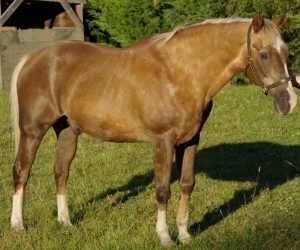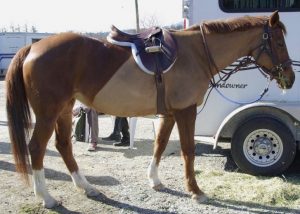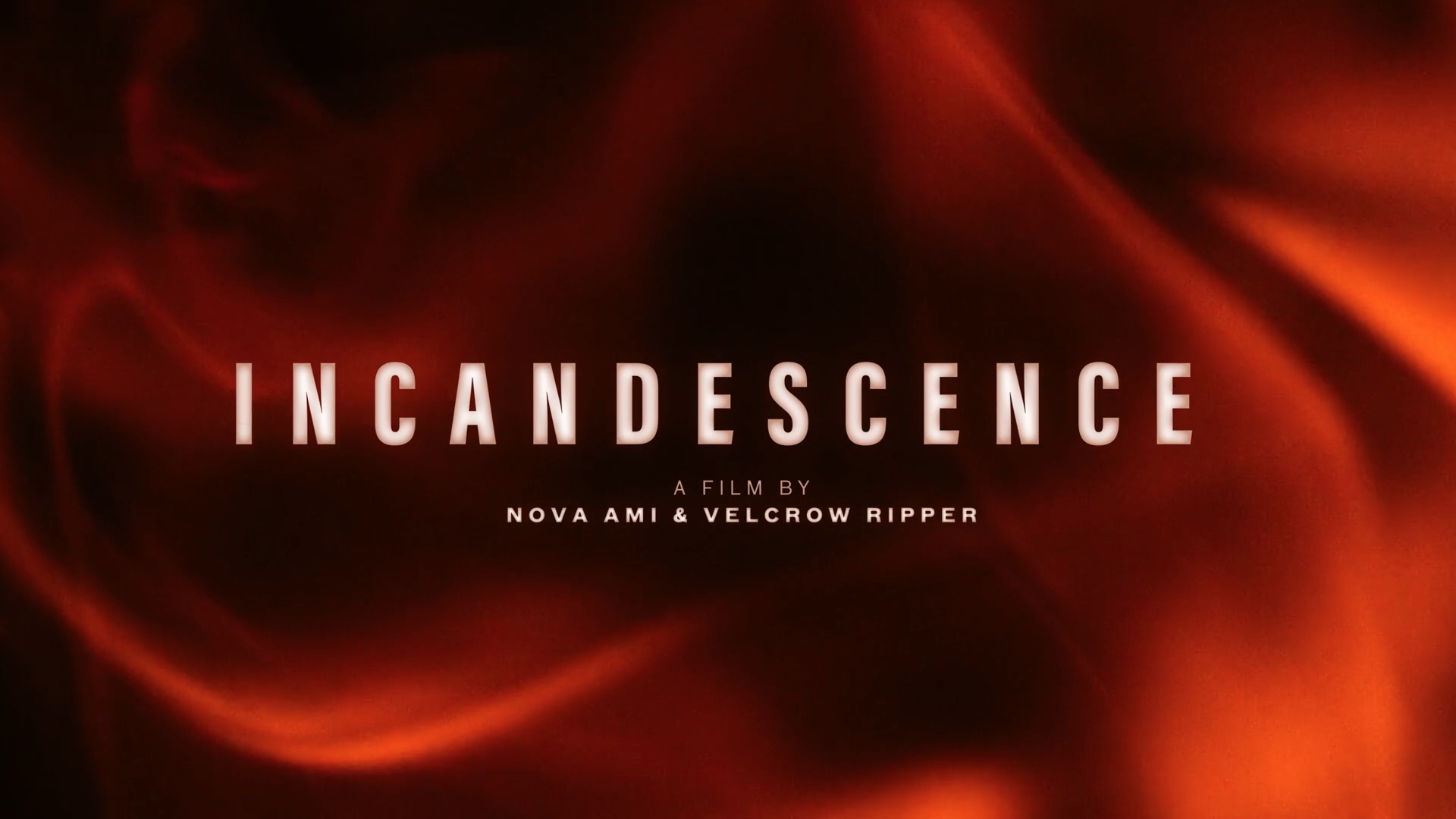Aids to editing

When I’m not editing, one of my favourite activities is horseback riding. For 10 years I owned my own horse, Cannon, a retired Quarter Horse “schoolmaster” with a huge personality—think Alistair Cooke with a glass of port and a wry wit. After Cannon died at age 35 (about 100 in person years), I rode Sega, an excitable and willful Selle Français mare. Sega was followed by others, all with different personalities and peculiarities.
My partners on the trail remind me of authors I’ve worked with over the years, who also have their own quirks and methods of working. And just as I’ve learned to adjust my riding style and ground manners for each horse, I have learned a few techniques that help me with authors.
Approach them with care. Horses are prey animals. Their default response to something unfamiliar is to run away. If they can’t run, they will bite or kick. As I get to know new horses, and even when I work with familiar ones, I’ve learned to move deliberately, talk to them, and maintain some physical contact so they know I’m nearby.
Authors don’t tend to bite or kick, but I like to approach them carefully, introduce myself, and ask them how they prefer to work. Electronic markup? Copious notes on hard copy? I let authors know what I’ll be doing, and I also ask what they expect from the process, what they want to achieve with their writing, and what problems they want me to watch for. If each of us knows where the other is coming from, the author is less likely to be startled when that first batch of edits arrives. And as we progress, I keep them informed of delays or problems (“I’m a little late getting the next chapter to you because it needs a lot of reorganization, so be prepared”). It’s the verbal equivalent of keeping a hand on the horse’s flank as I walk behind him.
Accept that they see things differently. Horses have a wide field of view but poor focus. If they see a sudden motion or unfamiliar object, they assume it is a threat. I continually remind myself that the horse I’m riding doesn’t view the world the same way I do. I see a traffic cone; she might see a strange and deadly predator.
Similarly, the problems I see in a text may not be visible to the author. Just as I eye everything around my horse when I’m riding, I have to consider why an author wrote this instead of that or emphasized one point over another. When I query, I need to make my wording crystal clear. I may be asking about something the author thinks is obvious, so I have to show exactly why it is not. When riding, I try to take the horse’s point of view; when editing, I try to take the author’s, not to mention the reader’s.
Don’t make it a battle of wills. You can’t tell a horse what to do. Riding instructors will say: “The horse must do what you tell it to do.” But seriously—most horses weigh a thousand pounds! If they don’t want to do what I’m asking, they’re not going to do it.

Earlier I mentioned Sega, the mare with a mind of her own. She was so willing to work that she would anticipate my cues, and when she was wrong, she’d get flustered and try to do it anyway—go left when I wanted to go right, canter when I wanted to walk. I learned to apply the aids early enough, and subtly enough, that she thought my request was her own idea. And I tried to give her enough to do so she didn’t have time to anticipate me.
I’m not saying editors should try to manipulate authors, or give them busy work so they don’t notice the edits. The lesson is that authors don’t have to do what I say. I remember, early in my career, a disagreement over word choice that ended with the author saying (I paraphrase), “It’s my book, and I want it this way,” a little like Sega tossing her head and pretzelling her body to avoid my request. But in the case of authors, it is their book, and they can do what they want. I’ve learned to make suggestions tactfully, explain when necessary, and bear in mind that my edits are suggestions, not commands.
Stay calm and positive. Horses pick up on your feelings. Approach them when you’re angry or frustrated, and they will sense your emotions and mirror them. I’ve learned a lot about this with Smokey, my “main man” since late 2016. Recently, he has become difficult to catch. Correction—difficult for me to catch. His owner can pretty much walk up to him whenever she wants, but running away from me has become a game or a test. Watching Smokey for the umpteenth time break into a trot when I was an arm’s length away, I realized that getting angry would only make things worse. “Take a deep breath,” I told myself, “speak gently, think friendly thoughts, approach slowly, and watch his body language.”
 I haven’t had to chase any authors around a field, though there have been a few manuscripts that were hard to corral. But I have learned that however frustrated I might get with a piece of writing, I mustn’t let that frustration spill over onto the author. There is always something positive I can say about a manuscript. Then I can follow the praise with constructive suggestions and changes: criticism doesn’t have to be negative, and the author will feel the good vibes. And on those days when it’s hard to be encouraging, heading out to the stable usually cheers me up and returns me to the project with a better attitude.
I haven’t had to chase any authors around a field, though there have been a few manuscripts that were hard to corral. But I have learned that however frustrated I might get with a piece of writing, I mustn’t let that frustration spill over onto the author. There is always something positive I can say about a manuscript. Then I can follow the praise with constructive suggestions and changes: criticism doesn’t have to be negative, and the author will feel the good vibes. And on those days when it’s hard to be encouraging, heading out to the stable usually cheers me up and returns me to the project with a better attitude.
The common denominator of these riding reflections? Communication. For horses we have aids—hands, legs, seat, voice, and body—that give them directions clearly and quietly. For writers we have conversations, written comments, and style sheets to guide them through the editing process.
Here’s to all the horses and writers, not to mention the other riders and editors, who add such interest and pleasure to my life.
Comments (1)
Comments are closed.




I love this, Audrey! Thanks for your words of wisdom. Your associates, both equine and human, are fortunate to work with you!